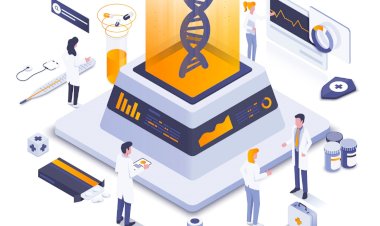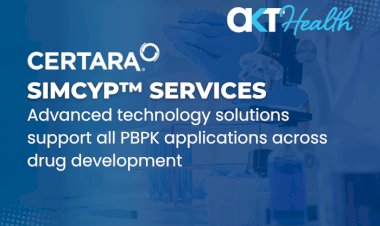The Future Shaped by MedTech from Diagnoses to Solutions
Discover the latest trends and advancements in the medical device industry, from AI and 3D printing to genomic medicine and the Internet of Medical Things (IoMT). Explore how digital transformation is reshaping MedTech companies and learn about the potential benefits of embracing technology in healthcare. Stay informed about the projected growth and significance of medical technology in improving patient outcomes and reducing healthcare costs.

The medical device industry plays a crucial role in diagnosing, preventing, and treating diseases, enabling patients to lead healthier lives. With the adoption of cutting-edge technologies such as wearables and health data services, the industry is experiencing significant growth and driving individualized and value-based healthcare.
Two additional factors influencing the expansion of the Medtech market are the rising prevalence of chronic diseases and the aging population. Chronic conditions such as cancer, diabetes, obesity, hypertension, stroke, and heart disease are on the rise, leading to increased hospitalizations, long-term incapacities, and lower quality of life for patients. This growing need for medical equipment to track, manage, and treat diseases is driving the demand for advanced medical devices.
In 2023 and beyond, the Medtech market is expected to continue its growth trajectory. Advancements in artificial intelligence, data analytics, robotics, and 3D printing are poised to further revolutionize the industry, enabling more precise diagnoses, personalized treatment plans, and improved patient outcomes. The adoption of telehealth and remote monitoring technologies is also expected to soar, allowing patients to receive healthcare services from the comfort of their homes, reducing healthcare costs, and improving access to care, especially in underserved areas.
MedTech in healthcare, also known as medical technology, encompasses a wide range of digital health solutions aimed at improving patient outcomes and streamlining healthcare processes. This includes products and services such as electronic health records (EHRs), telemedicine, wearable medical devices, and diagnostic imaging systems.
Medical technology encompasses a broad category of high-tech tools, instruments, diagnostic techniques, and health information systems that are transforming the healthcare industry. According to Deloitte, the global medical device technology market is projected to grow at a compound annual growth rate of 4.9 percent from 2023 to 2027. By 2023, the market is expected to be valued at USD 465.5 billion, and it is projected to reach USD 591.3 billion by 2027, indicating significant growth in the sector.
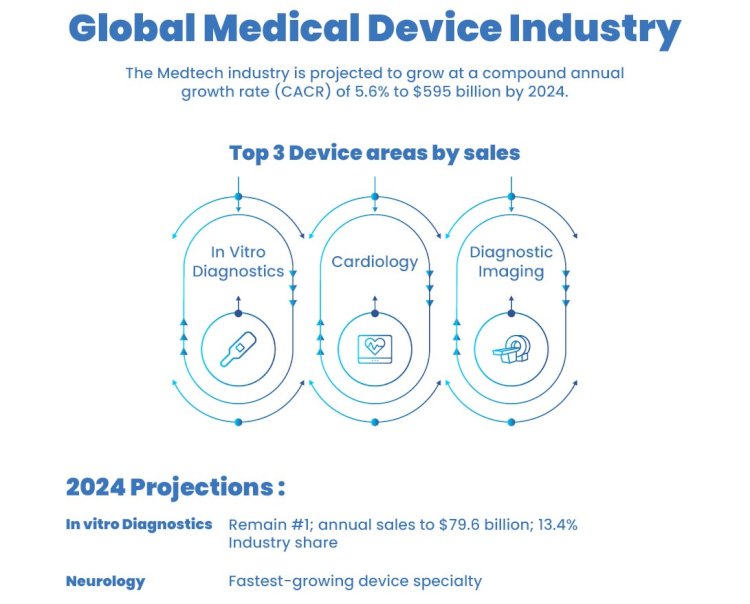
MedTech companies need to transition from ad-hoc digital capabilities to developing and implementing a well-defined digital strategy that sets them apart from traditional approaches. Embracing digital transformation means rethinking the way a MedTech company organizes, operates, and behaves. This includes having a clear vision and strategy with integrated choices that translate into actionable initiatives that are monitored, adapted, and implemented.
The key elements of being digital in the MedTech industry include:
- Personalized Customer and Patient Experience: Transforming the customer and patient experience beyond simple transactions by leveraging personalized approaches that enhance engagement and satisfaction.
- Process and System Upgrades: Upgrading processes and systems to improve marketing, sales, and service operations using data and analytics to drive growth and efficiency.
- Cross-Functional Teams: Building cross-functional teams that are accountable for investment decisions and performance tracking to ensure alignment and effectiveness in implementing the digital strategy.
Successful digital transformation in MedTech can yield significant benefits, such as 3-5% productivity improvement, 10-15% higher lead conversion, 10-15% increased customer satisfaction, and 5-8% lower service costs. Investing in agility, analytics, and automation can lead to optimal results in this evolving landscape.
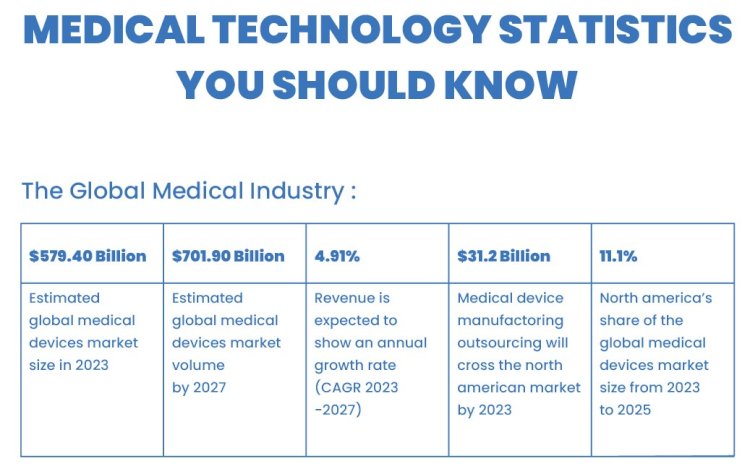
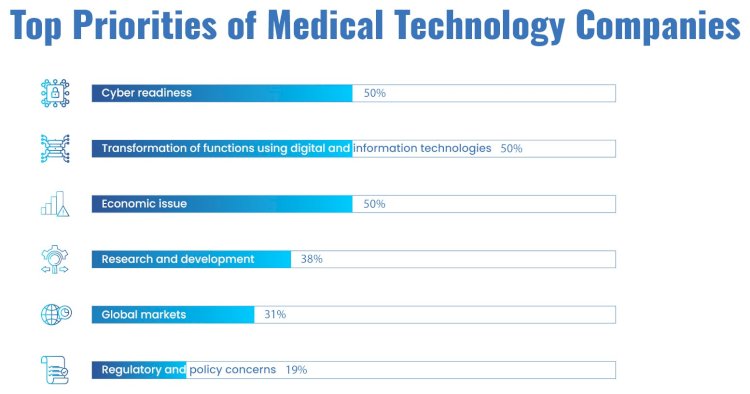
In 2023, the medical device industry is expected to focus on technologies that automate manual processes, leverage patient health data, and improve patient care.
Here are some key trends to watch out for:
- Home-based Healthcare: Medical equipment such as nebulizers, insulin delivery systems, and glucose monitors are increasingly being used for home-based treatment of various conditions. These devices can streamline clinical decision-making by seamlessly integrating with the patient's electronic medical record (EMR), wearables, cell phones, and telemedicine platforms, providing crucial data for better care management.
- 3D-Printed Medical Devices: 3D printing, also known as additive manufacturing, is gaining traction in the medical device industry. The market for 3D-printed medical equipment is projected to reach USD 4.5 billion by 2026, with an annual growth rate of 13%. This technology enables local production and reduces dependency on imported medical gear, allowing hospitals and healthcare organizations to manufacture necessary parts and equipment in-house.
- Genomic Medicine: Genomic medicine, which involves making medical decisions based on a patient's genomic information, is gaining momentum. With genomic tools, medical professionals can gain deeper insights into various medical disorders, leading to faster and more effective treatment options. Machine learning and AI are used to tailor care plans to meet the patient's specific needs, and the pharmacology and research industries will continue to utilize genomic medicine.
- Internet of Medical Things (IoMT): The Internet of Medical Things (IoMT) comprises medical devices and applications that connect to healthcare IT systems through online computer networks. It enables machine-to-machine communication, allowing connected devices to exchange data directly. Hospitals are utilizing IoMT-connected wearable devices to monitor patients' vitals and movements, leading to improved operational efficiency, reduced medical expenses, and enhanced patient outcomes.
The medical devices industry holds immense significance and is rapidly expanding within the healthcare sector. The advancement of medical technology is expected to significantly reduce healthcare costs and enhance patient outcomes, ultimately saving lives. Global sales of medical equipment are projected to experience substantial growth in the coming years. Additionally, the amount of medical data collected is estimated to double every 73 days. Notably, 40 percent of patients are willing to volunteer their personal information for medical research. Furthermore, the extended reality equipment market is predicted to reach $5.1 billion by 2025, and the Internet of Medical Things (IoMT) market is forecasted to grow at a CAGR of 30.8% and reach $159.1 billion by 2025. These figures highlight the tremendous potential for medical technology in shaping the future of healthcare












